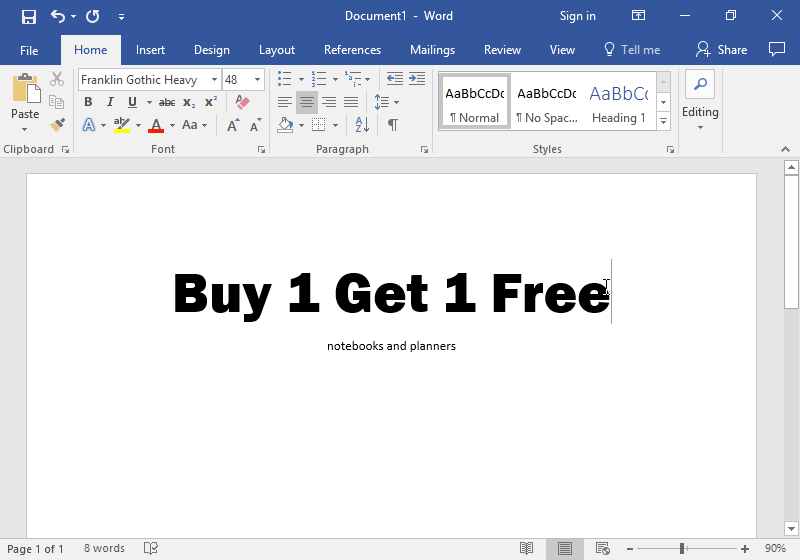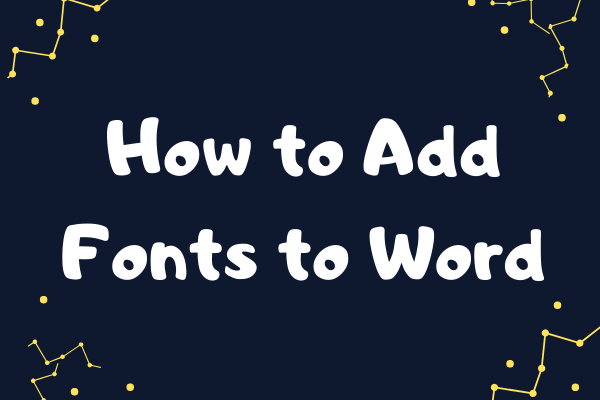

Purchasing a commercial font entitles you to specific font uses, often including commercial. If you’re not part of the Creative Cloud, you’ll need to consider purchasing a font or more at some point. With a million subscribers to date, the Creative Cloud’s font licensing includes print, online, and e-books. One silver lining is that a subscription to Adobe’s Creative Cloud (about $50 a month for a one-user subscription) yields you several hundred fonts that are licensed for ePUBs.
#Get fonts for word software
Certainly there are serious font issues with the software that claims to convert. The entire issue of digital publishing is a hot potato right now with the dramatic rise in self-publishing over the past decade or so. You’ll need to license a font or consider using the fonts provided by the e-book manufacturer - ePUB, iBook, Kindle, and so forth. However, if you’re creating an e-book for, say, the Kindle, you can’t embed the Microsoft Word font you used to write your drafts.
#Get fonts for word pdf
pdf of your Microsoft Word book so that you can upload it to CreateSpace, Lulu, or another print-on-demand vendor, you’re licensed to do so. So if you print out a book using Microsoft Word (although why would you?), you’re probably safe.


Fonts that come bundled with software (e.g., operating system and Microsoft Office) are usually licensed for use with that software. Most of us are familiar with the fonts that come with our word processing software (e.g., Microsoft Word). We try to let our clients know what we know, because using typefaces and fonts can involve money and licensing issues. Lots of people don’t have a clue that they aren’t allowed to use fonts - even the ones they purchase - for any use they can possibly dream up.


 0 kommentar(er)
0 kommentar(er)
